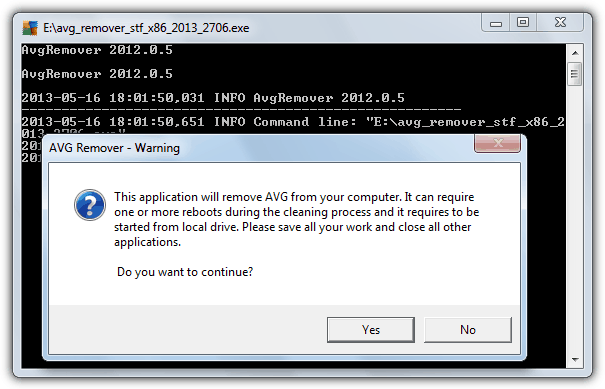
#AVG REMOVAL TOOL LATEST PC#
So, if you used to have Windows updates regulary, and notice that your PC haven’t got them for a long time – it can be a sign of slow Mado ransomware activity on your PC. Thus, Windows can’t perform “self-cleaning”, changing all it’s internal settings, registry keys and directories on the C:/ to default. In spite of registry, Mado ransomware can also change hosts file to disable Windows updates. But, it could be prevented with system launch in special mode – safe mode or mode with command line support. So, every time user starts Windows – ransomware will start, too, so you can’t stop ransomware with simple system restart.

The common practice is that it adds it’s. This causes are not widespread, but, as we can see, Mado has a lot of subversions that have a lot of distinction in it’s performance.īut adding his entities to Run key is not the only Mado ransomware action with registry. There are also some reports that saying about Mado ransomware add it’s readme.txt file in autoload registry bush, so every time user logging in his system, he will get annoying reminder. It is stored on a remote server owned by the criminals who promote the Mado ransomware. In case if Mado worked in online mode, it is impossible for you to gain access to the AES-256 key. The sad reality is that it is impossible to recover the information without the unique key available. So, if your files got encrypted with a specific decryption key, which is totally unique and there are no other copies.

The cryptography algorithm used by Mado is AES-256. The scary alert demanding from users to pay the ransom to decrypt the encoded data contains these frustrating warnings: _readme_txt


 0 kommentar(er)
0 kommentar(er)
